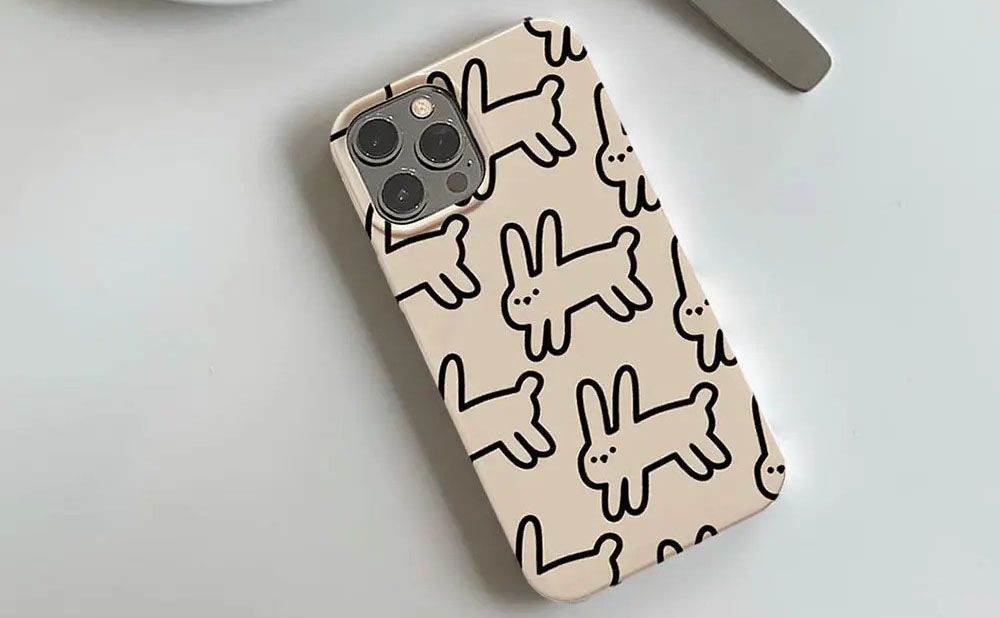In an era where environmental consciousness is increasingly shaping consumer choices, the demand for eco-friendly products continues to rise. From reusable shopping bags to energy-efficient appliances, individuals are seeking sustainable alternatives in all aspects of their lives—including smartphone accessories. Enter eco-friendly iPhone cases, where sustainability meets style to offer users a guilt-free and fashionable way to protect their devices.
The Rise of Eco-Conscious Consumers
With growing awareness of environmental issues such as plastic pollution and climate change, consumers are becoming more mindful of the products they purchase. This shift in mindset has prompted many to seek out eco-friendly alternatives that minimize their carbon footprint and reduce their impact on the planet. From biodegradable packaging to renewable materials, sustainability has become a key consideration for consumers across industries.
The Problem with Traditional iPhone Cases
Traditional iPhone cases are often made from plastic materials such as polycarbonate or thermoplastic polyurethane (TPU). While these materials offer durability and protection for devices, they also contribute to environmental problems. Plastic production consumes fossil fuels, emits greenhouse gases, and contributes to ocean pollution when improperly disposed of. Additionally, the lifespan of these cases is limited, leading to a cycle of production, consumption, and waste.
Introducing Eco-Friendly Alternatives
To address these environmental concerns, manufacturers have begun producing iPhone cases using eco-friendly materials and sustainable manufacturing practices. These alternatives offer the same level of protection for devices while minimizing their environmental impact. Some common eco-friendly materials used in iPhone cases include:
- Bioplastics: Made from renewable sources such as cornstarch or sugarcane, bioplastics offer a biodegradable and compostable alternative to traditional plastics. These materials break down naturally over time, reducing the amount of plastic waste in landfills and oceans.
- Recycled Materials: By using recycled plastics or other recycled materials such as bamboo or cork, manufacturers can reduce the demand for virgin materials and divert waste from landfills. Recycled iPhone cases offer a sustainable solution without sacrificing style or durability.
- Plant-Based Materials: Derived from plants such as wheat straw or bamboo, plant-based materials offer a renewable and biodegradable alternative to traditional plastics. These materials are often compostable and can be returned to the earth at the end of their lifespan, minimizing environmental impact.
Sustainability Meets Style
Eco-friendly iPhone cases prove that sustainability and style can go hand in hand. From sleek and minimalist designs to vibrant patterns and textures, there’s an eco-friendly case to suit every taste and preference. By choosing an eco-friendly iPhone case, consumers can make a positive impact on the environment without compromising on style or functionality.
Conclusion
As consumers become increasingly aware of their environmental footprint, the demand for eco-friendly products continues to grow. Eco-friendly iPhone cases offer a sustainable alternative to traditional plastics, providing users with a guilt-free and stylish way to protect their devices. By opting for eco-friendly materials and manufacturing practices, consumers can reduce their impact on the planet while still enjoying the latest smartphone accessories.


